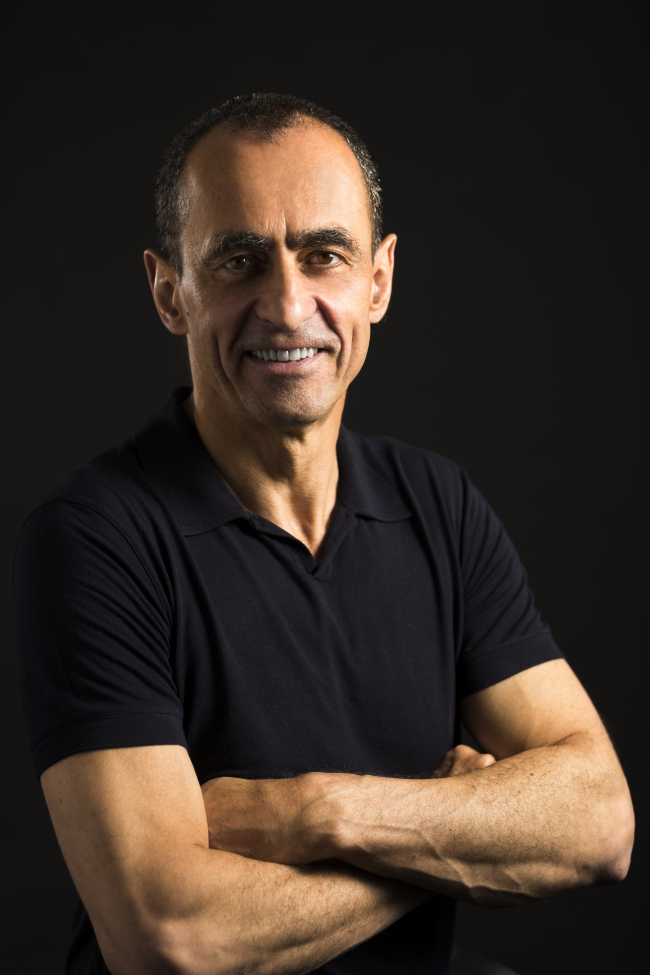Koreans seem to be keener than ever on safety issues after witnessing a series of accidents this year, including the Sewol ferry disaster that killed more than 300 passengers and the deadly collapse of a ventilation grate at a concert venue.
Adding to the safety concerns recently have been the geological problems and construction flaws affecting the Lotte World Tower in Seoul, which is expected to be the sixth-tallest building in the world when completed in 2016.
Keith Griffiths, the chairman of Aedas, the world’s fifth-largest architecture company, called the problems with the tallest tower in Korea “unusual,” but added every building goes through problems when it first opens.
“We haven’t had any defects like that. That’s fairly unusual,” said Griffiths after his talk at the Council on Tall Buildings and Urban Habitat on Friday in Seoul.

Keith Griffiths, chairman of Aedas. (Aedas)
Lotte World Tower saw water leaking through cracks in the aquarium in the basement floor of the building and more leaks from the ceiling of the basement floor, not far from the leaking aquarium. During the construction process, irregular geological problems were reported including multiple sinkholes in the neighborhood and a decreasing water level in the lake adjacent to it.
Griffiths said many cities have suffered from unforeseen problems, including his recent project in Hong Kong. The project was delayed one year due to the discovery of boulders on the site of the building’s foundation.
His company’s building projects spread across Asia. Aedas has designed high-rise offices and residential and commercial buildings in Hong Kong, Jakarta, Singapore and Dubai. Many of his projects are underway in booming Chinese cities such as Beijing, Shanghai, Guangzhou, Xiamen and Zhuhai. His recently completed or soon-to-be-completed projects include the Da Wang Jing Plot, a high-rise mixed-use building in Beijing, and Center 66, a mega shopping mall in Wuxi.
Griffiths predicted that cities will have more clusters of high-rise office towers and commercial and residential buildings due to the changing modern lifestyle.
“People will live in clusters because less and less people now don’t make families. We either have an aging population or young population without children,” he said. He explained further that the older population need convenience and proximity to health care, transportation and shops. Young people prefer living in a convenient apartment in an urban hub with nightclubs and restaurants where they can make friends.
“There’s no demand for large family homes, or for open school. It’s a shame, but it’s true,” he said.
Therefore, modern cities tend to have denser clusters of retail shops, offices and residential towers whether their populations are growing or decreasing.
He explained in his talk that clusters will be located over a city’s existing transportation network to reduce the frequency and time of people’s journeys. These clusters, which have a variety of functions, create vibrant, focused and sustainable city hubs.
“Very few people want to live in a house with a playground. That way of life is gone,” he said.
By Lee Woo-young (
wyle@heraldcorp.com)






